More of us are realizing that running a business that positively impacts the people and the world around us, also positively impacts our profits.
In this new series, we are putting a spotlight on the people and businesses who are doing something good for people, planet, and profit.
IN THE VLOG:
How an army of volunteers are taking action to recover sea turtle populations.
Image credit: S.T.O.P.
What was intended as a final sunrise visit to the beach before a cross country move to New Mexico, led to an over decade-long commitment to document and rescue disoriented baby sea turtles in south Florida caused by illegal lighting.
Driven to take action
Having witnessed threatened sea turtle babies perish as they mistakenly crawled towards the artificial city lights rather than to their intended oceanic home, Richard WhiteCloud and his wife, Siouxzen took action and founded the 501(c)(3) non-profit, Sea Turtle Oversight Protection (S.T.O.P.)
The first program of its kind, S.T.O.P. rescues and releases sea turtle hatchlings disoriented by coastal lighting in Broward County, Florida. They now have the highest number of Fish and Wildlife Conservation Commission Marine Turtle Permitted staff of any organization in Florida and they're growing.
For over 100 million years, sea turtles have been nesting on south Florida's beaches.
Within Miami-Dade County, 578 sea turtle nests were reported in 2016. As you travel further north, the number of nests increases sharply. In Broward County, 3,251 nests were marked while in Palm Beach County, 34,215 nests were identified in 2016.
Of the seven species of sea turtles in the world, three lay their eggs in Broward County. This includes the threatened Green sea turtle, the endangered Loggerhead sea turtle, and the critically endangered Leatherback sea turtle.
Sea turtles have an innate sense of "home" that comes from following Earth's magnetic fields. When it is time to lay eggs (around the age of 30), they return to the site where they were born. More can be found on this phenomenon in this article we wrote.
Richard WhiteCloud tended to hundreds of sea oat plugs that concert goers helped to plant during TortugaFest 2017. The plants that cover the sea turtle-shaped sand dune Richard sculpted will provide sea turtle habitat and help to prevent beach erosion.
As coastal development in places like Ft. Lauderdale has increased, so too has the rate of sea turtle disorientation.
Artificial city lights confuse baby sea turtles into thinking they are following their natural environmental cue - the moonlight's reflection over the ocean - to guide them home. They are instead crawling towards busy streets, parking lots, and public areas.
Considering that Florida is home to 70% of the sea turtle nests in the United States, S.T.O.P. sees the loss of baby sea turtles due to poorly managed light pollution a major obstacle in ensuring the future of these sea turtle populations.
giving sea turtles a helping hand
Beachfront city ordinances are in place that require special amber or red non-directional lights to be used during nesting season from March to October, however enforcing these ordinances on a regular basis is a challenge for the city.
S.T.O.P.'s team of dozens of specially trained volunteers monitor and record disorientation events and collect valuable data such as GPS coordinates that can be used to submit a formal complaint about turtle-lighting violators.
“Since 2007, S.T.O.P. has rescued over 180,000 Sea turtles despite only having the resources to patrol 40% of Broward County’s beaches.”
what you can do
Sea turtles face a multitude of threats (mainly human-induced) from light pollution to habitat destruction to plastic consumption. Simply by following local ordinances and reducing our usage of single-use plastics, we can begin to reduce our impact on these sensitive populations. As Richard points out,
“...hopefully the younger generation coming in is more eco-savvy than our previous generations... ”
Through public outreach and education, Richard WhiteCloud of S.T.O.P. aims to create awareness of the threats impacting threatened and endangered sea turtle species.
- To volunteer with S.T.O.P. visit www.seaturtleop.com
- You can also support S.T.O.P.'s programs by attend one of their evening Turtle Treks offered Thursday, Friday, and Saturday nights during the summer nesting months.
S.T.O.P. Headquarters
3104 NE 9th Street, Suite A
Fort Lauderdale, Florida 33304
S.T.O.P. 24/7 Hatchling Emergency Number: (954) 404-0025
S.T.O.P.'s large tent made lots of concert goers stop and take notice at TortugaFest 2017.
Temporary sea turtle tattoos left a big impression with the fans at TortugaFest 2017.












